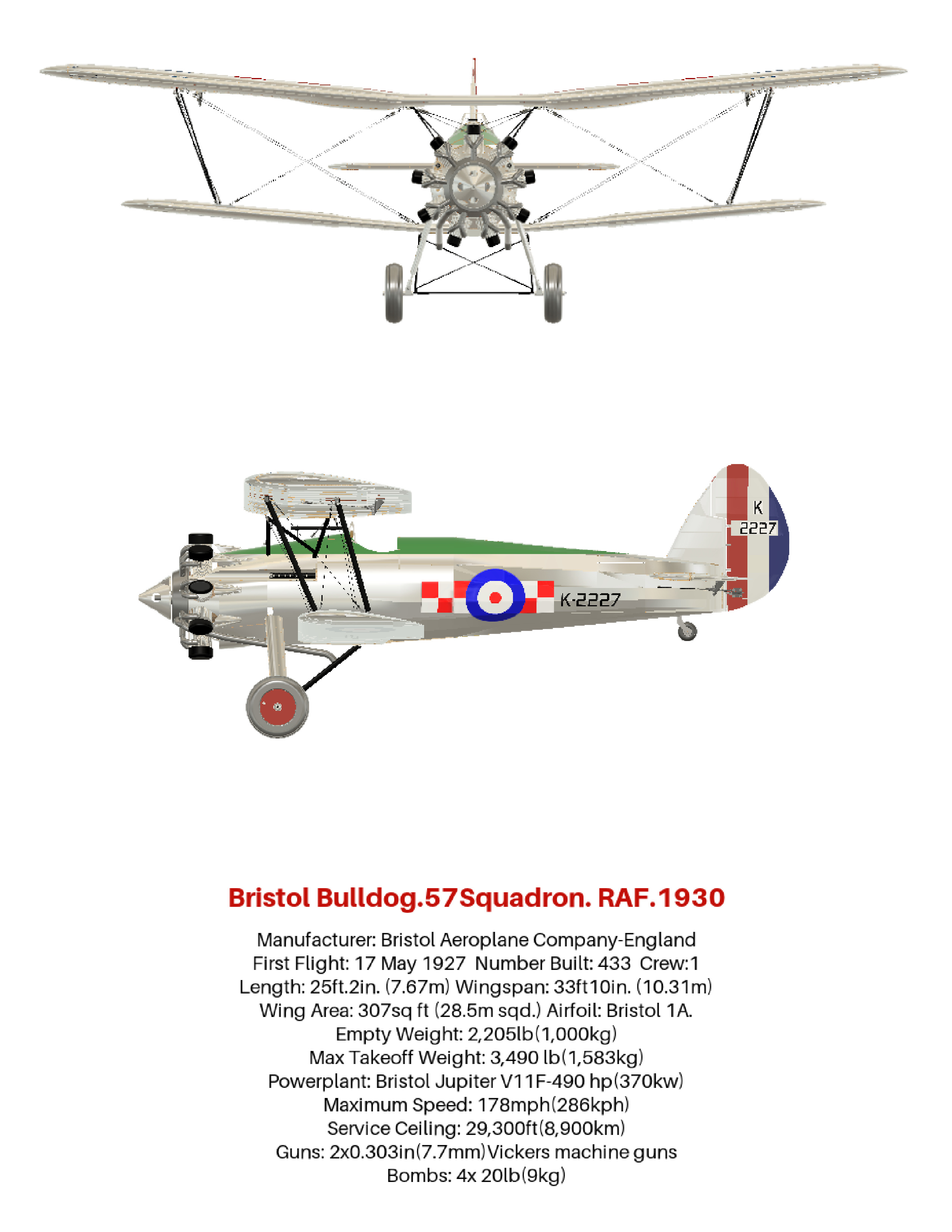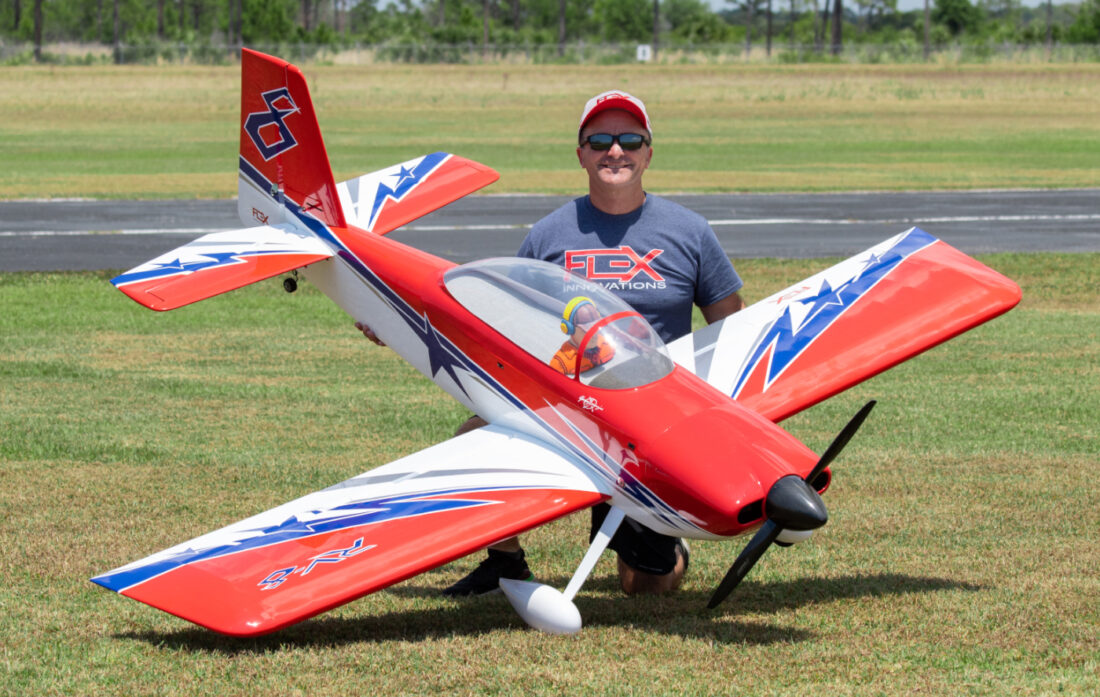How to fly RC planes
How to Fly RC Planes gives you all the information you will need to learn this sometimes difficult task. If you are struggling with your beginner RC plane, these tips will be of help.
To Learn how to fly RC planes you must understand the controls
There are FOUR basic controls to consider-
1. The Elevator
2. The Rudder
3. The Ailerons
4. The Throttle
1. The Elevator
This is a moveable surface attached to the trailing edge (T.E.) of the tailplane. When this surface moves UP the nose of the aircraft moves UP. The elevator is used to keep the aircraft firmly on the ground when taxiing (usually full DOWN with a nose gear plane or full UP with a tail dragger.) Please keep the throttle low when taxiing!
The elevator is also used at the end of the take-off run to GENTLY lift the aircraft into the air ( i.e. a small, slowly applied stick movement) and on landing to FLARE the aircraft just prior to touch down.
Trimming the elevator for LEVEL FLIGHT is another use of this surface. Let me explain the TRIM controls-Each of the four basic controls can be trimmed i.e. each channel can be moved from neutral to a pre-selected position. In the case of the elevator it may be required to apply a little down trim, on a windy day, to assist in penetration.
A further use of the elevator is to perform a LOOP, but let us learn how to fly RC airplanes before we start into RC aerobatics!
Some models need a small amount of elevator to complete a turn and keep the nose of the aircraft up.
To sum all of this up-the elevator controls the PITCH of the aircraft. The transmitter stick used is the RIGHT one and pulling the stick BACK gives UP elevator and moving the stick FORWARD results in DOWN elevator.
2. The Rudder.
This moveable surface is attached to the T.E. of the VERTICAL FIN. When it moves to the LEFT the nose of the aircraft moves to the LEFT. The nose wheel or tail wheel is generally attached to the rudder to allow the plane to be steered on the ground.
In summary the RUDDER controls the YAW of the aircraft. The transmitter stick used for this surface is the LEFT stick. Moving the stick LEFT results in the surface moving to the LEFT and visa-versa.
When learning how to fly RC planes the rudder is primarily used for ground steering via the nose or tail wheel. As you progress the rudder will be used with the ailerons to give smoother turns.
3. The Ailerons
When learning how to fly RC planes, the Ailerons are probably the PRIME control surface. They are attached to the T.E. of the wing and unlike the other surfaces the left and right ailerons move opposite each other. For a LEFT ROLL the left aileron moves UP the right one moves DOWN. For a RIGHT ROLL the movement is reversed.
The stick used for this control is the RIGHT stick and moving it to the LEFT will give a LEFT roll and visa-versa.
4. The Throttle
If your aircraft is glow engine powered the throttle speeds up and slows down the engine. Unlike the other three controls, this one is not spring centered but has a ratchet. This ensures that the throttle stays in the position last commanded.
If you have an RC electric plane then the throttle is connected to an Electronic Speed Control or ESC and thus controls the speed of the motor.
To sum up- the LEFT stick controls THROTTLE and RUDDER and the RIGHT stick controls AILERONS and ELEVATOR.
These four primary controls are all you need when you are learning how to fly RC planes. They use four CHANNELS of control.
It must be mentioned that some models use less than four channels. Three channel models are quite popular. In this case usually there is only one stick and some form of slide switch or rotary knob to control the throttle. The model can use a rudder or ailerons for control and elevator. This type of control is less expensive but is limited in its applications.
If you think you will be in the hobby for a reasonable length of time, then I would strongly advise to purchase at least a four channel system and maybe even a six channel, if your budget will stretch that far!
I say this because once you know how to fly RC planes you WILL BE HOOKED! Your next model will be more sophisticated and eventually you may need those extra channels to control flaps and maybe retractable landing gear!
As mentioned before, we are discussing a MODE 2 control system. MODE 1 systems are also available. For this type of system, the stick functions are different i.e. the right stick controls ailerons and throttle and the left stick controls rudder and elevator.
The most popular system is MODE 2. Most RTF models come set-up as MODE 2. My recommendation is to use a MODE 2 system but see below for further information regarding your choice.
Fly alone or join a club?
If at all possible, I HIGHLY RECOMMEND that you join a model airplane club to learn how to fly RC planes. Most RC airplane clubs have a TRAINING PROGRAM.
This usually consists of an instructor who is assigned to a new flyer and not only teaches him how to fly RC planes but checks out his model and passes on many tips and tricks learnt over the years.
If you have chosen to use a MODE 1 transmitter the number of instructors available may be limited.
One reason I mention this is because the instructor will use a device known as a Buddy Cord. This cord attaches his transmitter to yours and he can take control of your airplane at any time.
This ability can save a LOT of training time and maybe lessen the number of crashes!
The other reason to join a club is to have the use of a FLYING SITE. This is usually located away from the city and offers a safe and open space to fly.
If joining a club is not possible and you must GO IT ALONE then I suggest you read as much as you can about how to fly RC airplanes.
Also buy a GOOD RC airplane simulator (Click here for more information) and practice, practice, practice!
Look here for more information on RC Airplane Clubs
Affiliate Statement
Some of the links on this page are “affiliate links.” This means if you click on the link and purchase the item, I will receive a small affiliate commission. There is no extra cost to you. Because my integrity and your satisfaction are very important to me, I only recommend products or services I use personally or would purchase, and believe will benefit my readers. This income is used to help pay for this site. I am disclosing this in accordance with the Federal Trade Commission’s 16 CFR, Part 255: “Guides Concerning the Use of Endorsements and Testimonials in Advertising" For further information, please click here.










New! Comments
Have your say about what you just read! Leave me a comment in the box below.